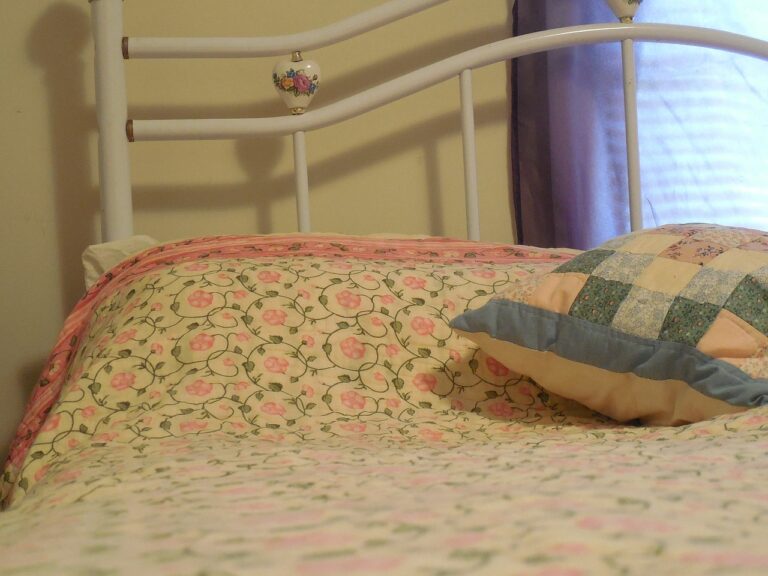Recycling and Waste Reduction in Home Improvement Projects
When starting a construction project, being mindful of ways to minimize waste is crucial for the environment and your budget. One effective method is to plan ahead and accurately estimate the materials needed to avoid overordering. Additionally, opting for prefabricated components can help reduce excess waste generated during the construction process.
Another strategy to minimize construction waste is by implementing a waste management plan on the worksite. This plan should include separating waste materials for recycling, reusing, or proper disposal. By promoting a culture of waste reduction and recycling among workers and subcontractors, you can significantly decrease the amount of waste ending up in landfills.
• Properly estimate materials needed to avoid overordering
• Opt for prefabricated components to reduce waste
• Implement a waste management plan on the worksite
– Separate waste materials for recycling, reusing, or proper disposal
– Promote a culture of waste reduction and recycling among workers and subcontractors
Benefits of Reusing Materials in Home Renovations
When renovating your home, consider the benefits of reusing materials. Repurposing items like old doors, windows, or fixtures can not only add character to your space but also help reduce your environmental impact. By giving these materials a new life in your home, you are contributing to the sustainability of your project and reducing the amount of waste that ends up in landfills.
In addition to the environmental benefits, reusing materials in home renovations can also be cost-effective. Purchasing brand new items for your project can quickly add up, but by sourcing materials from salvage yards, thrift stores, or online marketplaces, you can save money without compromising on quality. Plus, using reclaimed materials can give your home a unique and eclectic look that can’t be achieved with new, mass-produced items.
Tips for Donating or Selling Used Items
When it comes to decluttering your home and getting rid of used items, donating or selling them can be a great way to give them a new life while also helping others in need. Before you start this process, it’s important to assess the condition of the items you plan to donate or sell. Make sure they are clean, in good shape, and in working condition to increase their chances of finding a new home.
Next, consider where you can donate or sell your items to make the most impact. Local charities, shelters, or thrift stores often welcome donations of household goods, clothing, and furniture. If you prefer to sell your items, online marketplaces like Facebook Marketplace, Craigslist, or eBay can be great platforms to reach a larger audience and potentially make some extra money from your used items. Remember to take clear photos and provide accurate descriptions to attract potential buyers.
What are some benefits of donating or selling used items?
Donating or selling used items helps reduce waste in landfills, gives items a second life, and benefits those in need who may not be able to afford new items.
How can I determine if an item is still in good enough condition to donate or sell?
Inspect the item for any damages or defects. If it is still in functional or usable condition, it is likely suitable for donation or sale.
What are some popular platforms for selling used items?
Popular platforms for selling used items include Craigslist, Facebook Marketplace, eBay, and local consignment shops.
How can I ensure that my donated items go to those in need?
Consider donating to reputable charities or organizations that directly benefit those in need. You can also research local shelters or donation centers in your area.
Is it better to donate or sell used items?
It ultimately depends on your personal preference and the condition of the items. Donating helps those in need, while selling can provide you with extra income.







